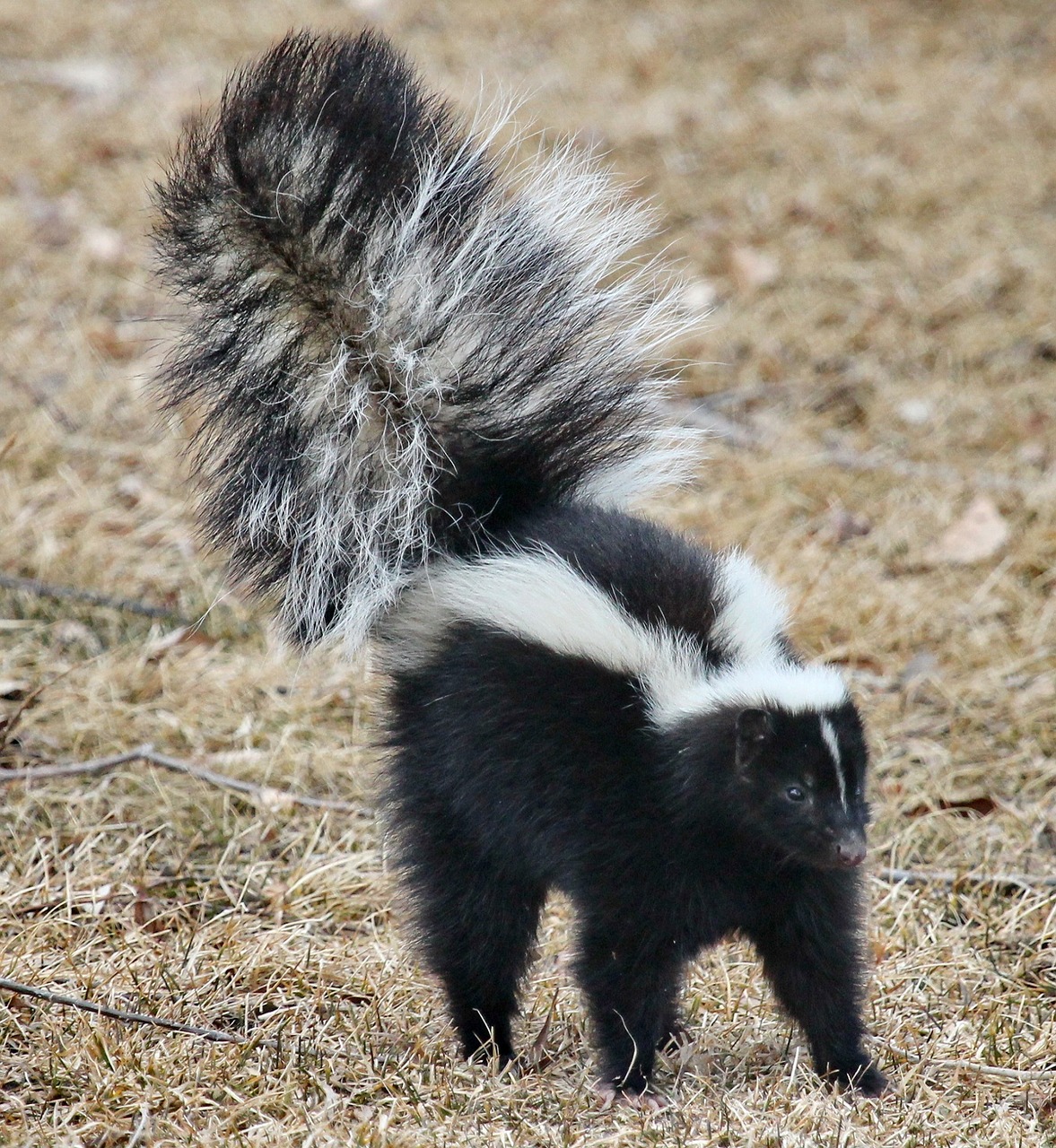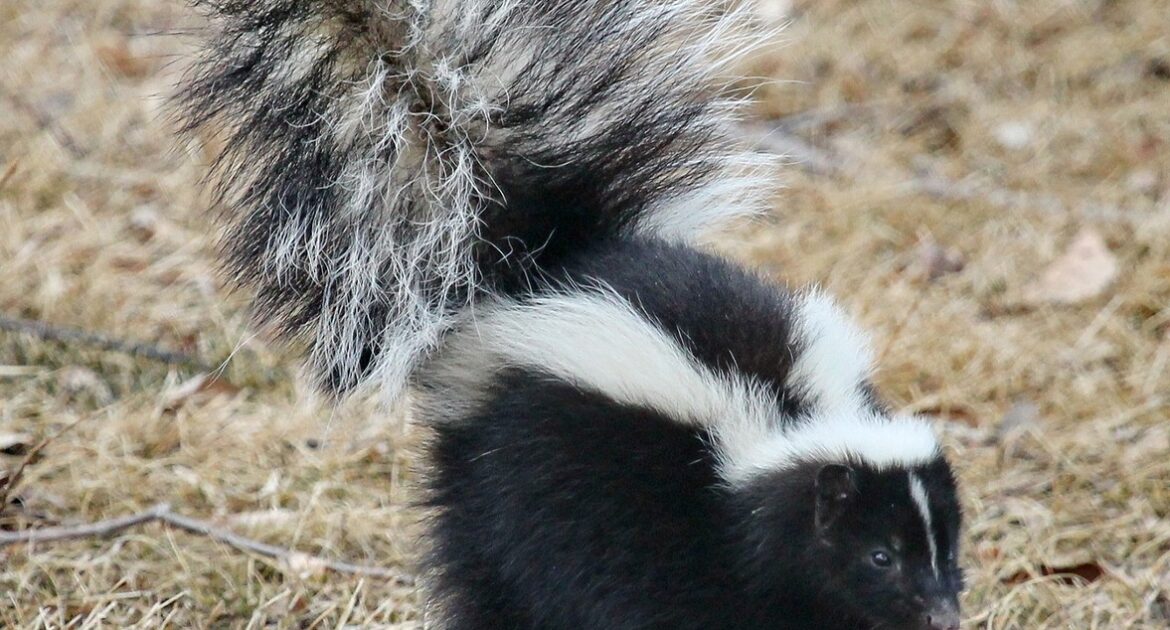Skunks have centuries of notoriety associated with their names. This, of course, is because of their tendency to spray a noxious liquid as a defence mechanism when they are startled or threatened.
But underneath that haze of stench, skunks are just innocent wild animals trying to survive in a world that has been dominated by people to the detriment of their species. Like many other people who live in skunk inhabited areas, Pickering residents will, from time to time, come in contact with the animals. The behaviour and habits of animals like skunks should be used to develop the animal control steps that Pickering residents take.
Skunk Behaviour
An understanding of skunk behaviour is important to anyone who plans to successfully treat or prevent skunk invasion issues. Skunks are most active during their mating season which runs from February to March each year. You will also see more skunks around on the outside during fall as at this time the juvenile skunks are out seeking new dens.
They shy away from human interaction as well as interaction with other animals. Due in part to their poor eyesight, they walk in an awkward rambling manner. They are nocturnal foragers, which means they do most of their food hunting activities at night. Additionally, they do not go into hibernation during the winter like other wildlife animals. Instead, they reduce their activities and do sporadic food foraging when necessary. Otherwise, they remain fairly inactive during the winter.
Skunks are expert burrowers. They dig their way under hot tubs, porches, decks, stairway entrances and all other structures that have no foundation to prevent access.
Imagine a skunk or two throwing spokes in the wheels of your winter plans? Not a pleasant thought is it? Especially considering the difficulty associated with removing that infamous skunk stench. Take it from the experts, where skunks are concerned, prevention is most definitely better than a cure.
What Gives a Space Skunk Appeal
Skunks go where they can find food. If they suspect that your home is a source of food, they will come. Since they are omnivores, they eat just about everything; from leaves, tree barks and nuts to meat and fish. Today many wildlife skunks have adapted to the human environment thereby adjusting their diet to include the leftovers of human meals.
Sometimes skunks are motivated to enter buildings by the need for shelter. This need is greatest when the mating season has ended and expecting skunks need safe spaces to give birth and nurture their young.
Want a Skunk Free Space? Here’s What to do
One of the first things to do to keep skunks away is to eliminate the things that appeal to the animals. Your garbage disposal sites are among the main attractors. This can be addressed by either eliminating the storage of skunk edible garbage outside your home or securing it in such a way that the animals are unable to get to the food inside.
You can also skunk proof your space. This basically means reinforcing the structure to prevent breaches and installing barrier technology that is designed to keep skunks at bay. Digging a trench around the target area should help to discourage skunks from burrowing beneath. Another option is to dig and install barrier mesh to thwart the skunks’ invasion attempts. These two methods are best done by expert wildlife technicians who are trained in the use of strategic wildlife exclusion technology. When they need help with skunk removal and exclusion strategies or general animal control services, Pickering residents can always rely on the efficient, well-trained and highly experienced staff of Skedaddle.




